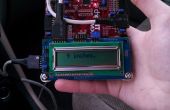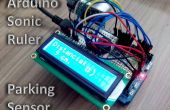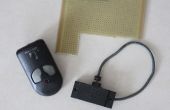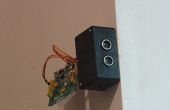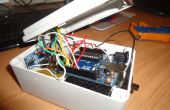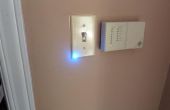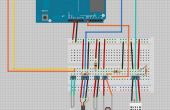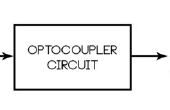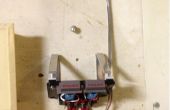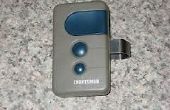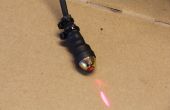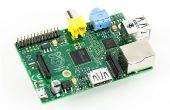Paso 6: RX MODULE(CODE)
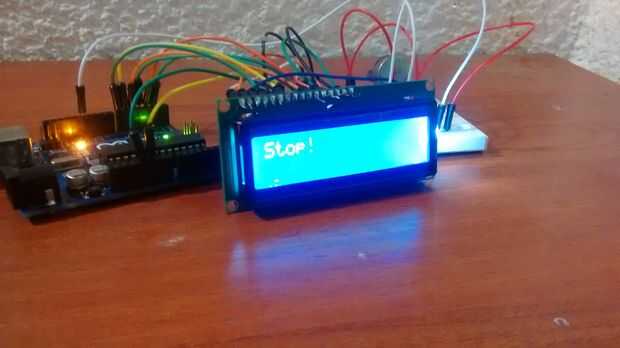
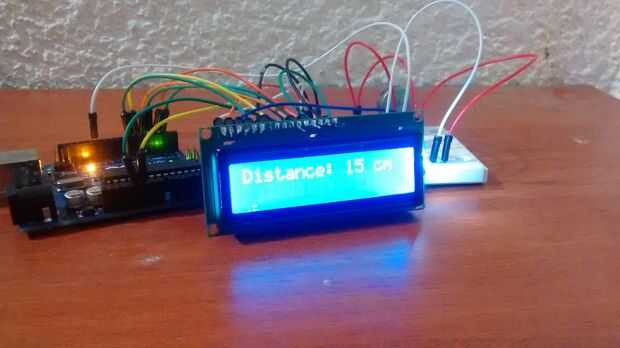
CÓDIGO DE RX
/*
SimpleReceive
Este bosquejo muestra cadenas de texto recibidas usando VirtualWire
Conectar la clavija de datos receptor en Arduino pin 11
*/
#include
#include
mensaje de Byte [VW_MAX_MESSAGE_LEN]; un buffer para almacenar los mensajes entrantes
byte messageLength = VW_MAX_MESSAGE_LEN; el tamaño del mensaje
LiquidCrystal lcd (7, 6, 5, 4, 3, 2);
Variables globales:
cad de Char [100];
int pos = 0;
void setup()
{
LCD.Begin (20, 4); Configuración del LCD, 4 líneas 20 caracteres cada una.
lcd.setCursor (0, 0);
LCD.Write("booting");
Delay(1000);
pos = 0;
LCD.Clear();
LCD.Write "(código de la carga del);
Delay(1000);
pos = 0;
LCD.Clear();
LCD.Write(".");
Delay(900);
LCD.Write(".");
Delay(900);
LCD.Write(".");
Delay(900);
pos = 0;
LCD.Clear();
LCD.Write("instructables");
Delay(900);
Serial.Begin(9600);
Serial.println ("dispositivo está listo");
Inicializar el IO y el ISR
vw_setup(2000); Bits por seg.
vw_rx_start(); Inicio del receptor
}
void loop()
{
byte buf [VW_MAX_MESSAGE_LEN];
buflen bytes = VW_MAX_MESSAGE_LEN;
int i;
int k = VW_MAX_MESSAGE_LEN;
Si (vw_get_message (buf & buflen)) / / sin bloqueo
{
Serial.Print ("recibido:");
para (int i = 0; i < buflen; i ++)
{
Serial.Write(BUF[i]);
}
Serial.println();
}
Si (vw_get_message (buf & buflen))
{
if(pos < 4)
lcd.setCursor (0, pos);
otra cosa
{
pos = 0;
LCD.Clear();
}
LCD.Write("Distance:");
para (i = 0; i < buflen; i ++)
{
LCD.Write(BUF[i]);
pos ++;
}
LCD.Write("cm"); / / CM o INC
}
}
